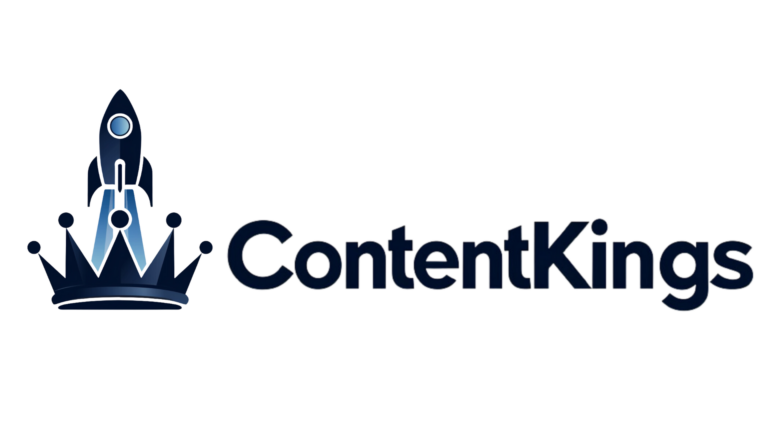Handling AI system updates and maintenance requires a structured approach combining vendor management, internal oversight, and systematic testing procedures. Research shows that 73% of successful AI implementations follow a hybrid maintenance model where vendors handle technical updates while internal teams manage business-specific configurations.
As an AI agency specializing in automation solutions, we frequently address four critical questions about AI system maintenance:
– Who bears responsibility when AI models need updating?
– What happens if an update breaks existing functionality?
– How often do AI systems require maintenance?
– Can updates be tested before going live?
Who Is Responsible for AI Model Updates and Maintenance?
The responsibility for AI system updates typically falls into three distinct categories:
1. Vendor-Managed Updates:
– Core model improvements
– Security patches
– Performance optimizations
– API updates
2. Internal Team Responsibilities:
– System performance monitoring
– Custom workflow updates
– Feature testing
– Vendor coordination
3. Hybrid Management:
Most small businesses benefit from this balanced approach where vendors handle technical aspects while internal teams manage business-specific elements. For example, a marketing AI agency might have their vendor manage core algorithm updates while their team focuses on optimizing customer-facing features.
What Should You Do When AI Updates Break Existing Functions?
System disruptions from updates can be managed effectively through proper preparation:
1. Backup Systems:
– Regular configuration snapshots
– Documented successful prompts
– Historical performance data storage
– Version control implementation
2. Rollback Procedures:
– Documented reversion plans
– Previous version accessibility
– Data backup maintenance
– Emergency response protocols
3. Testing Environments:
Creating separate development and production environments allows businesses to identify potential issues before they affect operations. Leading AI agencies recommend maintaining at least three environments: development, staging, and production.
How Frequently Do AI Systems Need Maintenance?
Maintenance schedules vary based on system complexity and use case:
Monthly Maintenance:
– Performance monitoring
– Data quality checks
– Minor adjustments
Quarterly Updates:
– Comprehensive reviews
– Major model updates
– Integration testing
Emergency Maintenance:
– Security patches
– Critical bug fixes
– Performance issues
Small businesses should establish a regular maintenance calendar while remaining flexible for emergency updates. An AI automation company typically schedules maintenance during off-peak hours to minimize disruption.
Can You Test AI Updates Before Production Deployment?
Yes, testing updates before live deployment is crucial for maintaining system reliability:
Sandbox Testing:
– Create production environment replicas
– Safe feature testing
– Real-world scenario simulation
A/B Testing Implementation:
– Controlled user group testing
– Performance metric comparison
– Gradual rollout strategy
Testing Protocols:
– Success metric definition
– Scenario creation
– Result documentation
– User feedback collection
Local businesses should particularly focus on testing updates with their specific market conditions and customer behaviors in mind.
Conclusion
Successfully managing AI system updates and maintenance requires a balanced approach combining vendor expertise with internal oversight. Remember these key points:
– Implement a hybrid management model
– Maintain comprehensive backup systems
– Establish regular testing protocols
Ready to optimize your AI system maintenance? Contact our AI agency experts to develop a customized maintenance strategy for your business needs.










